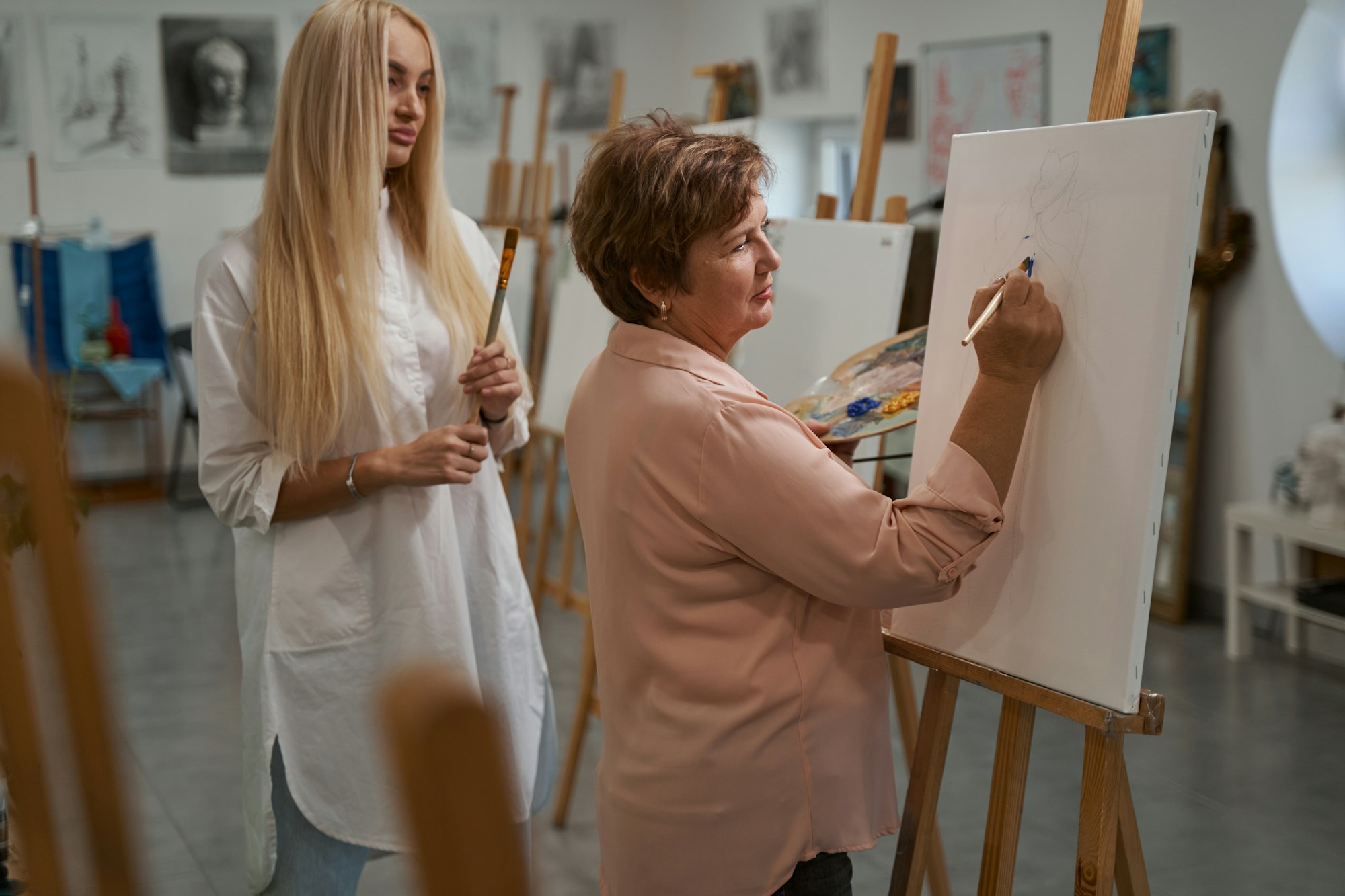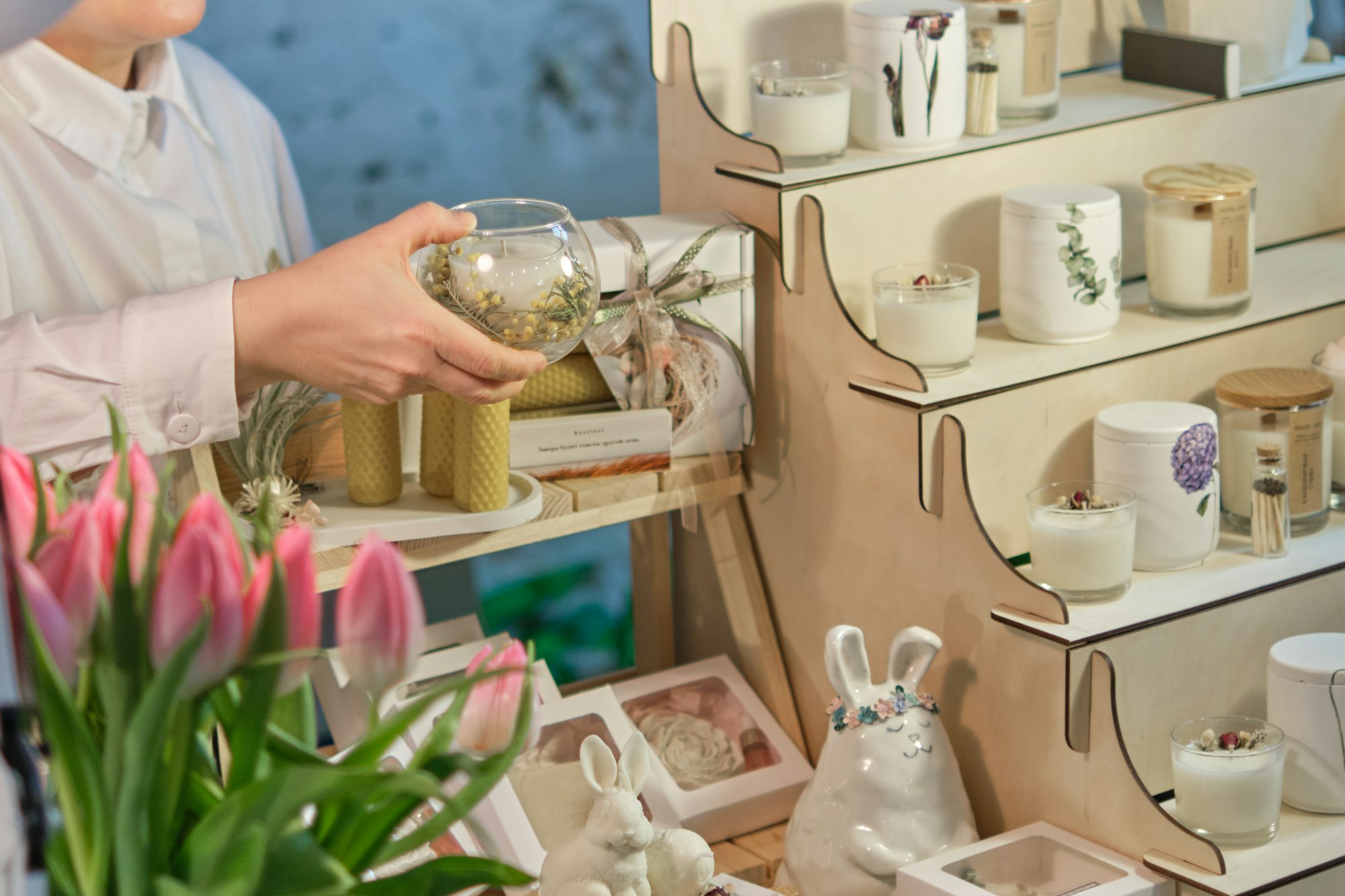In a world where words often fail to express the depths of our emotions, art provides a powerful outlet for healing and self-expression. Art therapy harnesses the transformative power of creativity to promote mental, emotional, and spiritual well-being, offering a holistic approach to healing that integrates mind, body, and soul. In this guide, we’ll explore the principles of art therapy, its benefits for mental health, and how you can incorporate creative expression into your own healing journey.
Understanding Art Therapy
Art therapy is a form of psychotherapy that uses creative expression as a means of communication and self-discovery. Through painting, drawing, sculpture, collage, and other artistic mediums, individuals are able to explore their thoughts, feelings, and experiences in a safe and supportive environment. Under the guidance of a trained art therapist, clients can gain insight into their inner world, process complex emotions, and develop coping skills to navigate life’s challenges.
The Benefits of Art Therapy for Mental Health
- Self-Expression: Art therapy provides a non-verbal means of communication, allowing individuals to express feelings and emotions that may be difficult to articulate with words alone. Through the creative process, clients can externalize their inner experiences, gain clarity, and develop a deeper understanding of themselves.
- Stress Reduction: Engaging in artistic activities can promote relaxation and stress relief, helping to reduce anxiety, tension, and overwhelm. The act of creating art can be meditative and soothing, providing a temporary escape from the pressures of daily life and fostering a sense of calm and tranquility.
- Emotional Regulation: Art therapy encourages emotional regulation by providing a structured outlet for processing difficult emotions such as grief, anger, and trauma. By externalizing and exploring these emotions through art, individuals can gain a sense of control, develop coping strategies, and find healthy ways to express and release pent-up feelings.
- Self-Exploration and Insight: Art therapy invites individuals to explore their inner world, confront fears and insecurities, and unearth hidden strengths and resources. Through the creative process, clients can gain insight into their thoughts, beliefs, and patterns of behavior, paving the way for personal growth and transformation.
- Empowerment and Self-Esteem: Engaging in creative expression can boost self-esteem and empower individuals to take an active role in their healing journey. As clients see their ideas take shape on the canvas or in clay, they gain a sense of accomplishment, pride, and agency, which can bolster their confidence and resilience in the face of adversity.
Incorporating Art Therapy into Your Healing Journey
- Start Small: You don’t need to be an experienced artist to benefit from art therapy. Begin by experimenting with simple artistic mediums such as drawing, painting, or collage, and allow yourself to explore without judgment or expectation.
- Set Intentions: Before beginning a creative session, set an intention or focus for your artwork. This could be a specific emotion you want to explore, a problem you want to solve, or a message you want to convey. Let your intuition guide you as you work.
- Reflect and Process: After completing your artwork, take time to reflect on what you’ve created. Notice any thoughts, feelings, or insights that arise, and journal about your experience. Consider discussing your artwork with a therapist or trusted friend to gain further perspective.
- Practice Regularly: Make art therapy a regular part of your self-care routine by scheduling time for creative expression on a consistent basis. Set aside a dedicated space for art-making where you feel comfortable and inspired, and allow yourself to fully immerse in the process.
- Seek Professional Guidance: While engaging in art therapy on your own can be beneficial, working with a trained art therapist can provide additional support, guidance, and insight. Consider seeking out a qualified therapist who specializes in art therapy to help you navigate your healing journey.
Conclusion
Art therapy offers a powerful pathway to healing and self-discovery, providing a safe and supportive space for creative expression and exploration. Whether you’re struggling with anxiety, depression, trauma, or simply seeking greater self-awareness and personal growth, art therapy can help you tap into your innate creativity, find healing and empowerment, and unleash the transformative power of the human spirit. So pick up a paintbrush, grab a sketchpad, and embark on a journey of self-discovery and healing through the power of creativity.















